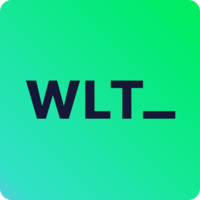189 reads
How to Manage Your SOC 2 Certification and Be Successful
by
April 26th, 2023
Audio Presented by

Experienced Full-Cycle AI Dedicated Development Teams. Since 2013.
Story's Credibility



About Author
Experienced Full-Cycle AI Dedicated Development Teams. Since 2013.